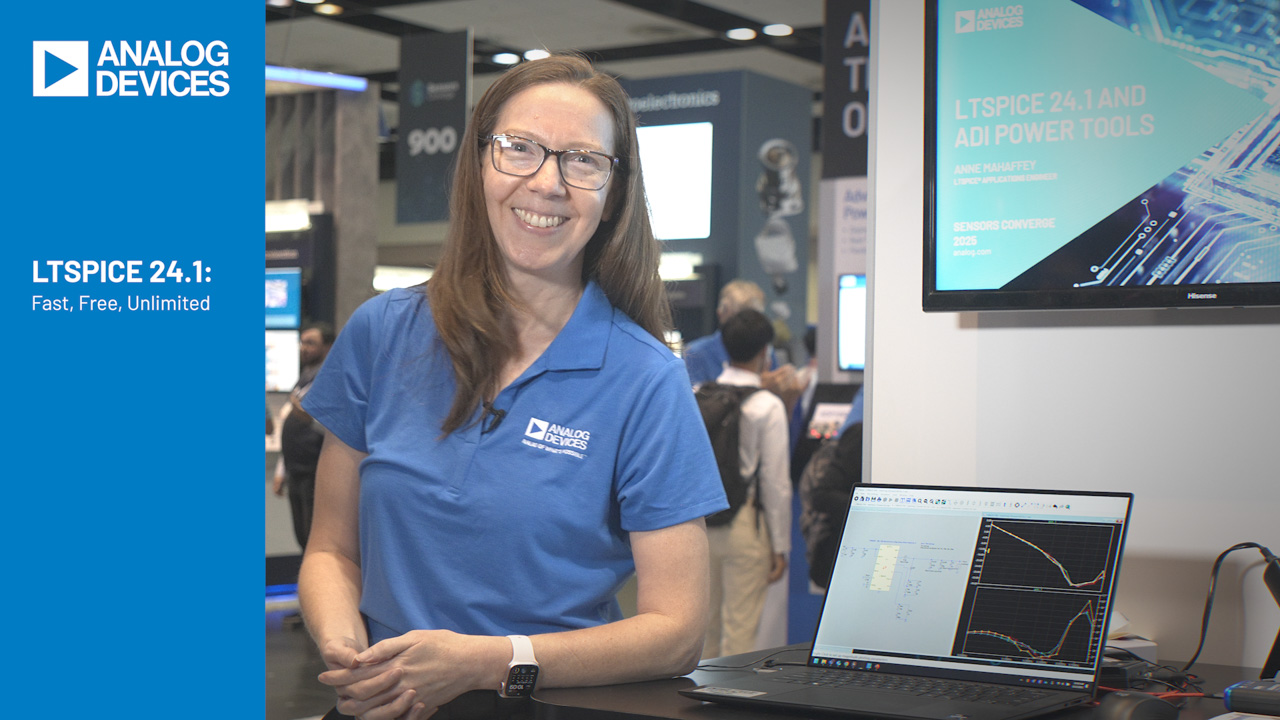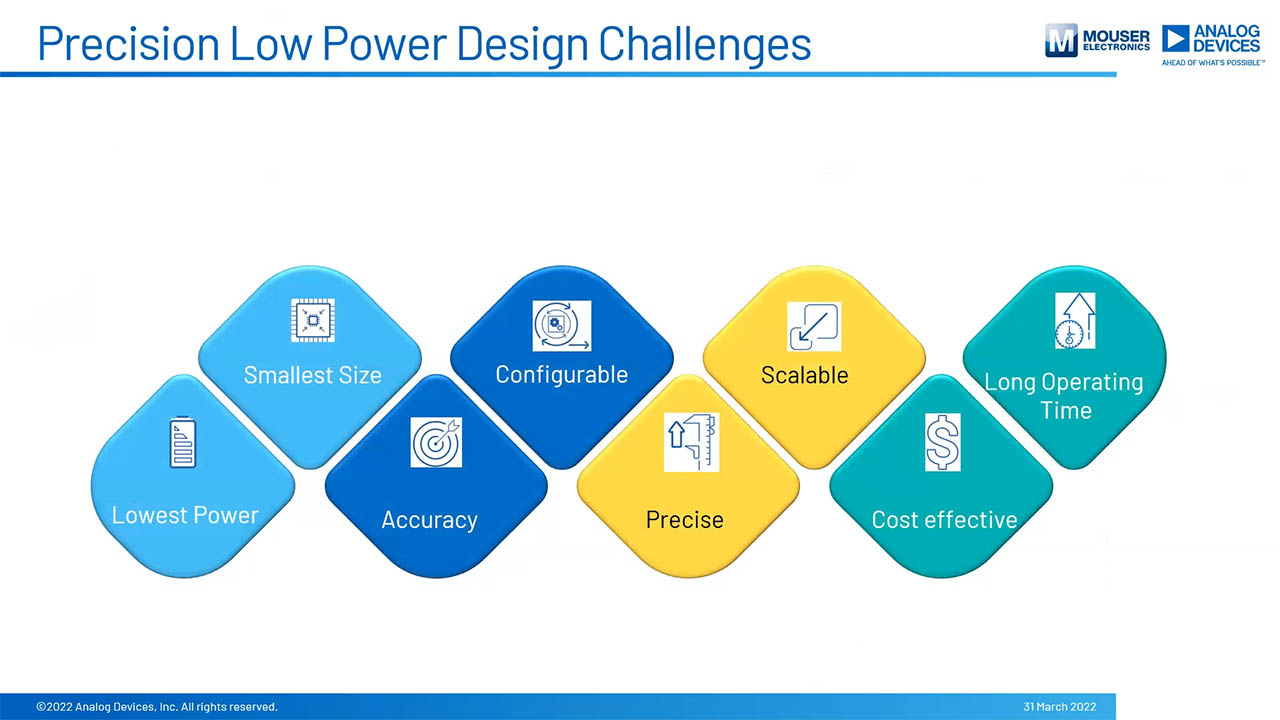
Learn more about our new, streamlined product navigation and improved parametric search tables enabling faster product selection.
Instrumentation Amplifiers

Instrumentation Amplifiers
Analog Devices' instrumentation amplifiers (in-amps) are precision gain blocks that have a differential input and an output that may be differential or single-ended with respect to a reference terminal. These devices amplify the difference between two input signal voltages while rejecting any signals that are common to both inputs. The in-amps are widely used in many industrial, measurement, data acquisition, and medical applications where dc precision and gain accuracy must be maintained within a noisy environment, and where large common-mode signals (usually at the ac power line frequency) are present.
Analog Devices' instrumentation amplifiers (in-amps) are precision gain blocks that have a differential input and an output that may be differential or single-ended with respect to a reference terminal. These devices amplify the difference between two input signal voltages while rejecting any signals that are common to both inputs. The in-amps are widely used in many industrial, measurement, data acquisition, and medical applications where dc precision and gain accuracy must be maintained within a noisy environment, and where large common-mode signals (usually at the ac power line frequency) are present.
{{modalTitle}}
{{modalDescription}}
{{dropdownTitle}}
- {{defaultSelectedText}} {{#each projectNames}}
- {{name}} {{/each}} {{#if newProjectText}}
-
{{newProjectText}}
{{/if}}
{{newProjectTitle}}
{{projectNameErrorText}}

















